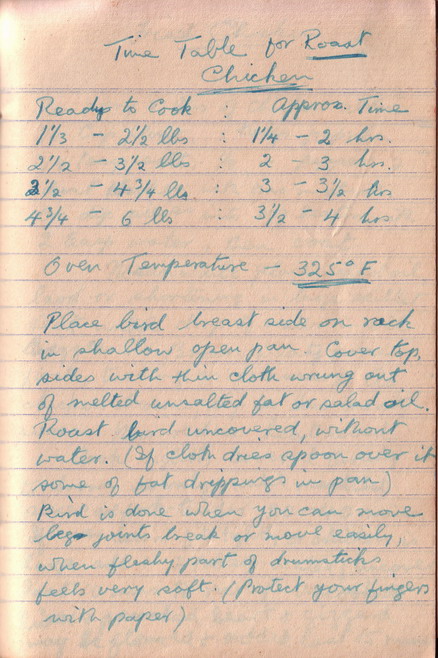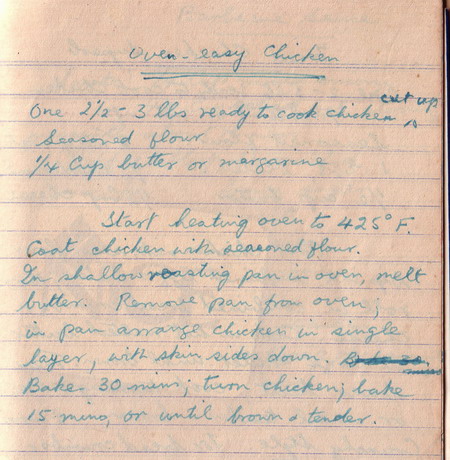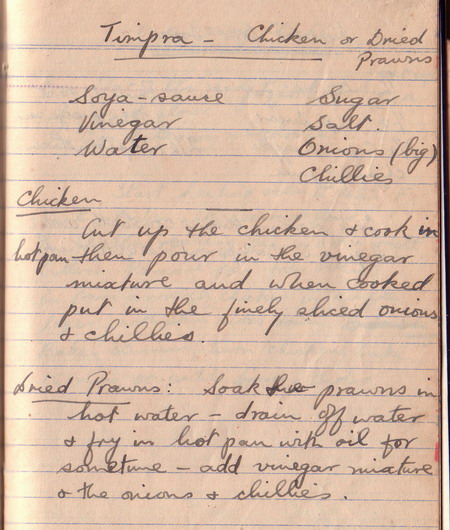Posted in bamboo shoot, bangkuang, bean sprouts (taugay), bee cheo, coriander leaves (wan swee), cornflour, crab, cucumber, egg, garlic, lettuce, poh piah/popia, pork, prawn, savoury, tapioca flour, tau cheo, taukwa/tauhu/tofu on May 17, 2007|
Leave a Comment »
The ingredients for filling and egg skin one more time! However, this time there are finally instructions on how to prepare the filling.
Notes:
– the pork is specifically ‘sam chang’, the pork with fatty layers which make it tender and juicy :),
– ‘tau cheong’ (Cantonese) is used in the list of ingredients here, but in the other ingredients lists posted previously as well as in the instructions here, the Hokkien version, ‘tau cheow’ is used.
My grandmother’s tip on preparing the filling: grated bangkwang is too fine, it doesn’t give the same ‘bite’ as hand-chopped bangkwang. So no modern shortcuts if you want to get that ‘traditional’ taste :)!
See my last entry on the importance of duck’s eggs (as opposed to chicken’s eggs). Do check out my other poh piah entries here.


Read Full Post »








